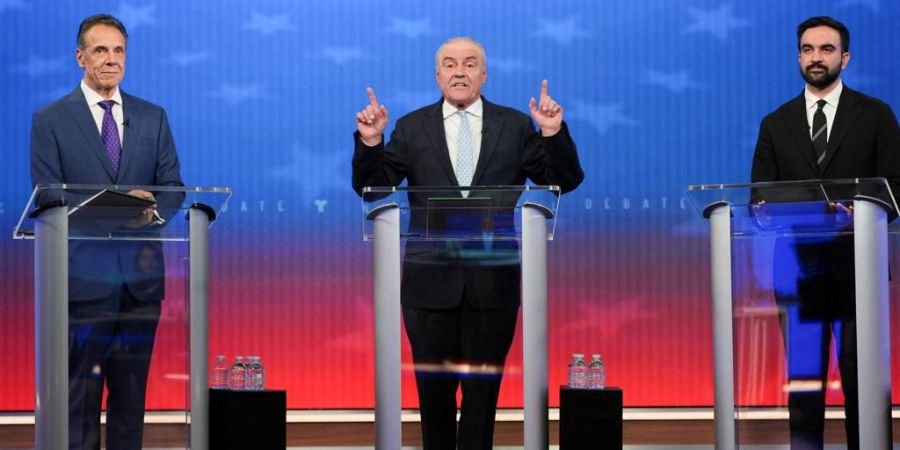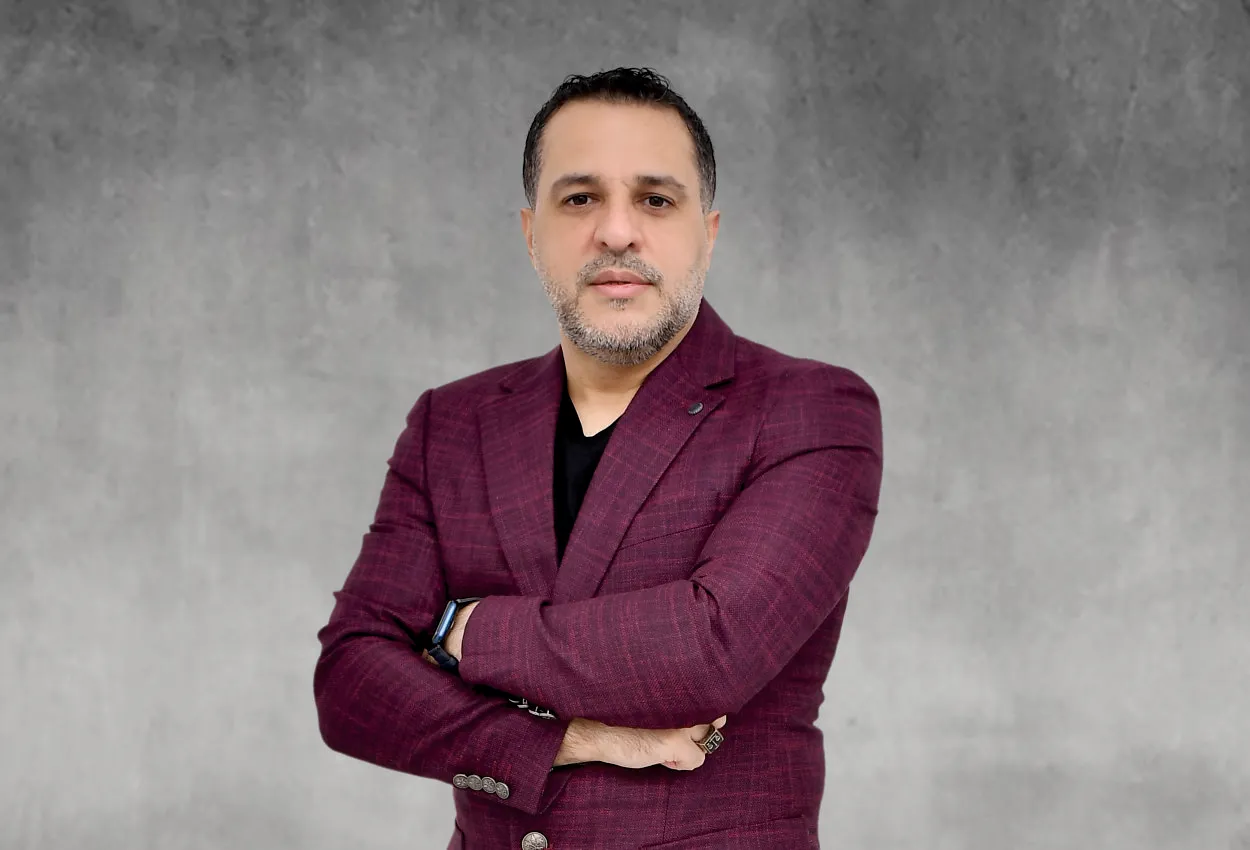The determination and urgency with which Philipp Navratil accepted Nestlé’s post as Chief Executive Officer, or CEO, marked the beginning of his journey. In his first trading update, Philipp Navratil presented a comprehensive Nestlé transformation plan that would include the elimination of 16,000 jobs on a worldwide basis. The plan was aimed at boosting growth, increasing transparency, and resetting market expectations. Nestlé’s stock price rallied approximately eight percent shortly after the announcement, a clear signal that investors sanctioned Philipp Navratil’s agenda as part of the broader Nestlé growth strategy.
Philipp Navratil’s agenda consists of three pillars, which are simplifying the business, sharpening execution, and rebuilding investor confidence. He aims to establish a culture of openness in areas that were previously opaque, especially relating to cost-saving initiatives. This type of approach will, according to Philipp Navratil, enable Nestlé to enhance its credibility and renew trust with stakeholders. The Nestlé transformation under Philipp Navratil has already begun redefining leadership priorities and shaping the Nestlé business strategy for long-term sustainability.
Job Cuts, Savings, and Where They Hit
The Nestlé job cuts represent roughly 5.8% of Nestlé’s global workforce. Between 12,000 and 4,000 out of a total 16,000 jobs disrupted are based in office and in manufacturing and supply chain operations, respectively. This plan is forecasted to generate somewhere in the neighborhood of CHF 1 billion in annual savings, increasing the total anticipated savings to CHF 3 billion by 2027 versus CHF 2.5 billion previously anticipated.
Previous restructuring only referenced CHF 500 million in savings. Philipp Navratil’s announcement provided the much-needed clarity on where cost savings will be generated. The leadership team stated that a significant portion of these savings will be reinvested in growth initiatives, not all focused exclusively on improving margins. The proposal is part of a longer-term focus on efficiency while the company catalyzes its way into the next expansion phase. The Nestlé restructuring and job cuts 2025 initiative also reflects a wider Nestlé leadership change that prioritizes leaner operations and better alignment with market demands.
Growth Trends: Momentum Returns
Nestlé has shown a positive trend in the first three quarters of 2023 reporting organic sales growth of 3.3% on a year-to-date basis. Most importantly, its real internal growth that comprises both volume and mix was 1.5% in the third quarter after a 0.4% decline in the previous quarter. The company cites stronger marketing and brand activity as the main factors behind the positive trend.
Nevertheless, the company is still facing hardships. The slower consumer demand, high production costs, and increasing presence of private label brands are just some of the challenges the company is confronting at the moment. However, the management is still banking on their plan of concentrating on innovation and execution to keep the momentum going.
Valuation and Risks: What the Outlook Says
Morningstar analysts have kept their fair value estimate for Nestlé at CHF 89 per share, which is a wide moat company with very low uncertainty. The stock is a bit undervalued according to the current market prices, which offers an estimated upside of about eight percent.
However, Nestlé still has to deal with a combination of slower growth, increasing competition, and Nestlé leadership change challenges that are all putting pressure on the company. The quality of the moves by Philipp Navratil suggests a solid transition to accountability, innovation, and operational discipline. It is with these efforts that the company intends to regain trust and enjoy sustainable performance through the ongoing Nestlé transformation.
In fact, Nestlé has set the bar for organic growth at the very least four percent and an operating margin rate higher than 17 percent over five years. The market seems to be optimistic about these goals being met by or around 2027. The Nestlé growth strategy continues to shape the organization’s path, supported by the Nestlé transformation under Philipp Navratil and the ongoing Nestlé restructuring and job cuts 2025 initiative.
The Stakes in Play
Philipp Navratil’s method indicates a significant change of a venture. He is giving a new shape to Nestlé with a daring idea that requires the company to gain its growth through concentration and good management. His emphasis on openness and productivity is a clear indication of a complete break from past practices.
The success of this transformation will depend on several factors: how well the Nestlé job cuts are managed, how much the company will be able to maintain its growth, and how the savings will be reinvested back into the business. If the plan works, Nestlé is likely to emerge smaller, faster, and more focused. If challenges persist, the firm might need to rethink its Nestlé business strategy and Nestlé future plans.
Still, Philipp Navratil leadership at Nestlé signals a new era, one defined by bold actions, restored aspiration, and a definite way toward growth. The ongoing Nestlé transformation, supported by Nestlé growth strategy and future outlook, positions the company for steady advancement. In case the plan works, Nestlé is likely to be a smaller, faster, and more focused entity. If problems continue, the firm might have to rethink its long-term plan and cultural policy. Navratil’s leadership, however, is indicative of a new era, one that is marked by bold actions, restored aspiration, and a definite way towards growth.














